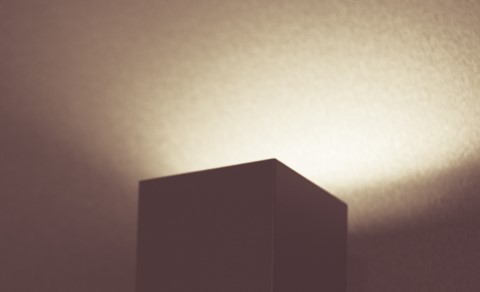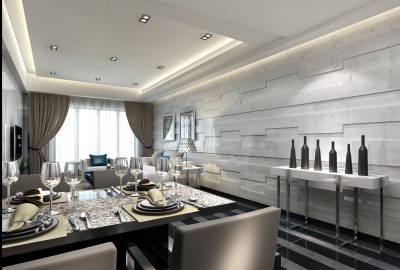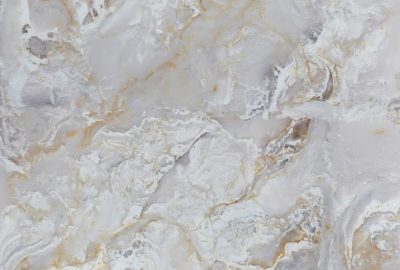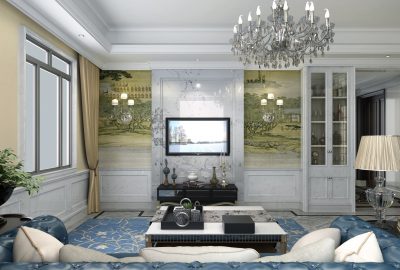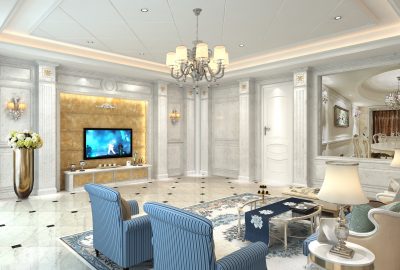Blog
The Advantages of Fake Stone Walls
Use of faux, or fake stone panels is becoming increasingly popular in today’s interior design projects. Here is why fake stone walls are so popular in the 21st Century.
Natural Stone
To explain the popularity of faux stone in architectural/interior design projects, it is perhaps best to first look at the potential disadvantages of using natural stone. Whether you intend to enhance your interiors with marble, alabaster, granite or indeed any other natural stone, the problems you may encounter invariably include:
Weight Limitations – Natural stone is inherently heavy. Cladding entire walls in such heavy materials could be made virtually impossible by dead load (determined by the sum of permanently installed materials) limitations.
Cost – Sourcing natural stone is often very labour intensive and exploitation of natural resources throughout history means many of these materials are becoming increasingly rare. Natural stone is subsequently comparatively expensive. When large areas are to be clad in stone, this cost is frequently added to by the necessity to prepare underlying surfaces and use expensive mechanical fixings.
Lack of Consistency – The way blocks of stone have to be cut into panels means it is often difficult to achieve consistency in textures/tone across large wall areas.
Stone Usage – As panels of natural stone must be cut into manageable thicknesses (ranging from 10 to 30 mm, depending on tile/panel size), a cubic-metre of natural stone will typically yield enough panels/tiles to cover an area of just 45 m2. This obviously means as more stone is needed to cover larger areas, exploitation of resources and the subsequent detrimental impact on the environment increase.
Finally, natural stone panels are inherently brittle and easily damaged by chipping, cracking, penetration by moisture/water and chemicals. Potential damages can occur during transport, as well as during and after installation.
Fake Stone Walls
Created using the very latest in solid surface technology & techniques, faux stone panels are incredibly beautiful, lightweight and more robust & flexible than natural stone. Weighing no more than a maximum of 16 kg/m2 regardless of size, these panels can be used in large projects without worry about load restrictions.
Optimal stone usage (yielding up to 135 m2 of lightweight panels from a single cubic-metre of raw stone) also means faux stone panels are more cost-effective than natural stone, as well as reducing exploitation of natural resources.
What’s more, fake stone panels can be attached to walls (without the need for initial remedial works) with the help of low-cost concealed screws, adhesives or interlocking channels, which further reduces the overall cost of installation.
Last, but by no means least, the process of creating faux stone panels ensures greater strength, durability and design flexibility, as well as consistency in both texture and tone throughout large areas.
Summary
In short, faux stone walls are a more cost-effective, environmentally friendly, flexible, durable and consistent solution to enhancing interiors with the magnificent beauty of alabaster, marble or granite than natural stone products.
Call Us
To learn more about faux stone panels and/or discover how we can help you turn your interior design visions into gorgeous reality, call us on +44 (0) 203 633 4613 today.


